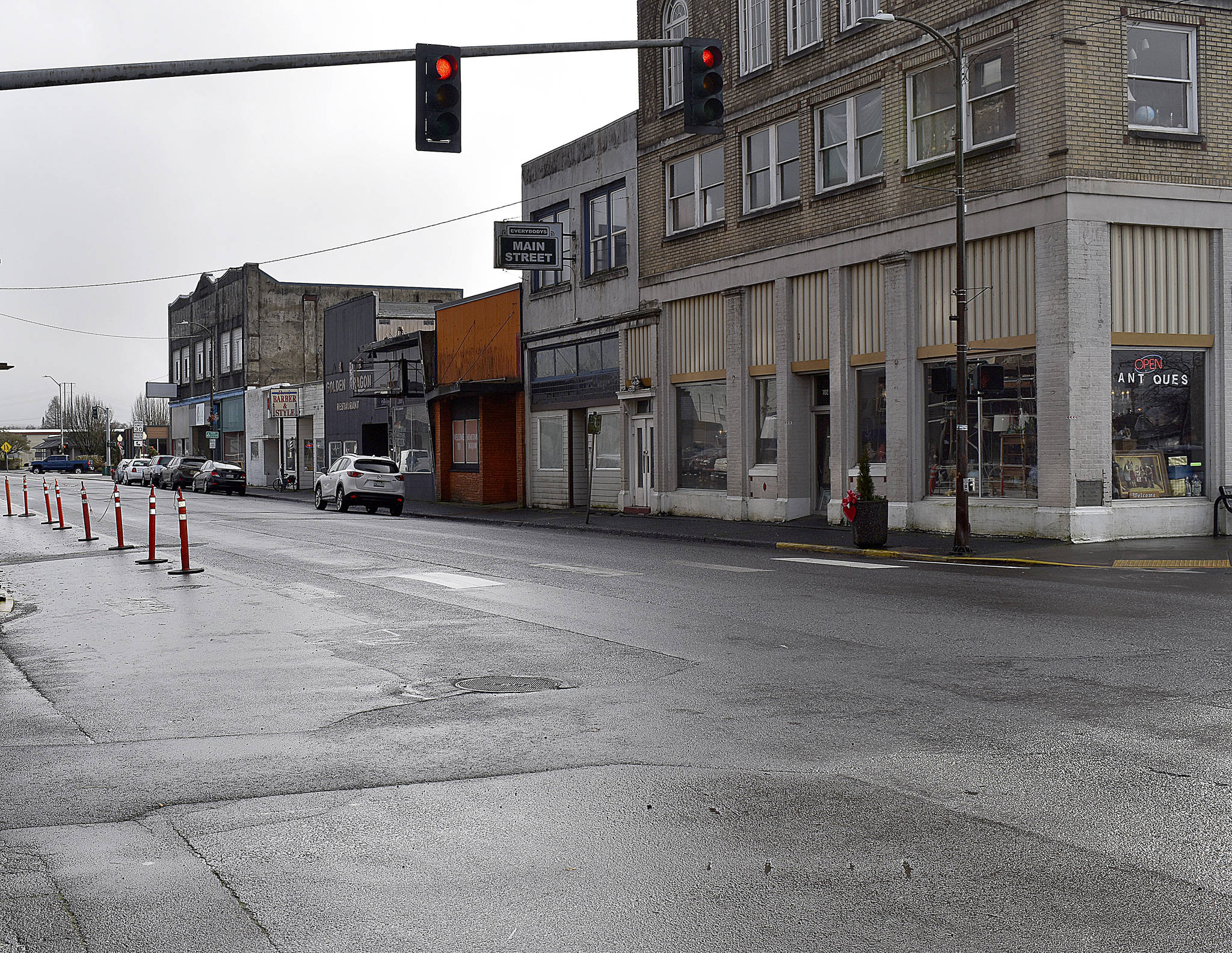The city of Hoquiam is eligible for more than $2.4 million in federal American Rescue Plan Act COVID relief money, the city announced Monday.
The total allocation is $2,416,026. The money will be split into two payments of $1,208,013 — one this year and another in 2022, and comes directly from the U.S. Treasury.
The City Council on Monday authorized Mayor Ben Winkelman, City Administrator Brian Shay and/or Finance Director Corri Schmid to sign the necessary paperwork to accept the funds.
As with all small cities and towns receiving these funds, Hoquiam must submit a project expenditure report by Oct. 31, detailing how it plans to use the funds.
“Do we already have a list of what the money is allocated to?” asked Ward 3 Councilwoman Tracey Ushman.
Shay said the council was just accepting the funds that evening.
“We have until 2026 to spend the money,” said Shay. “I think we’ll treat it like the budget process, look at eligible uses of the funds and how to use them.”
Requirements on how the money can be used are broader than those attached to the first federal relief package, known as the CARES Act. It can be used to offset loss of revenue to a city, support public health expenditures like COVID mitigation efforts, and invest in water, sewer and broadband infrastructure.
Eventually, it will be up to the City Council to decide how the funds will be spent.
Grays Harbor County is also in line for federal funding. The county is eligible for just under $7.3 million in American Rescue Plan Act funding, said County Commissioner Vickie Raines at a presentation earlier in June.
“We are going to set up a fund to have those dollars deposited into,” she said. “It gives a level of transparency with the public and when the state auditor comes calling we’ll have a clear and definitive response to them.”
Since the funds can be used to offset lost revenue, it could be used to address a $470,000 budget deficit in the county, but again, just how it will be spent is still being discussed.
Raines said the budget deficit has changed drastically from the projected $2.5 million deficit estimated at the beginning of 2021.


